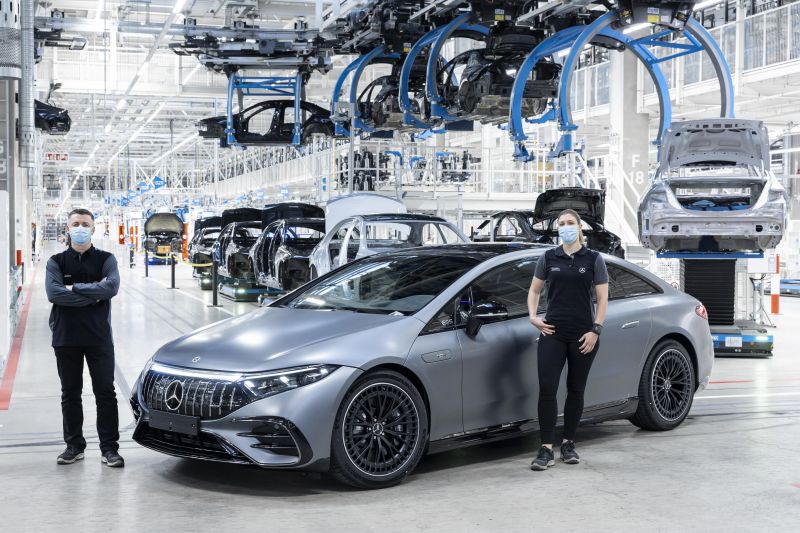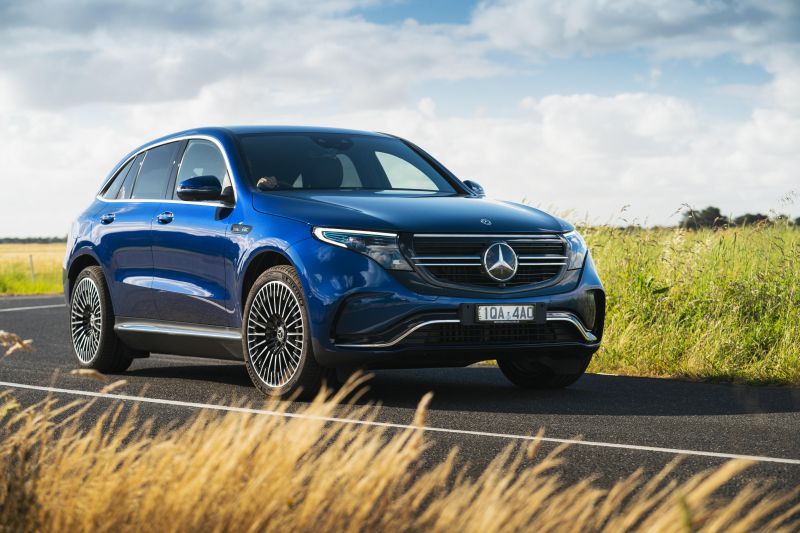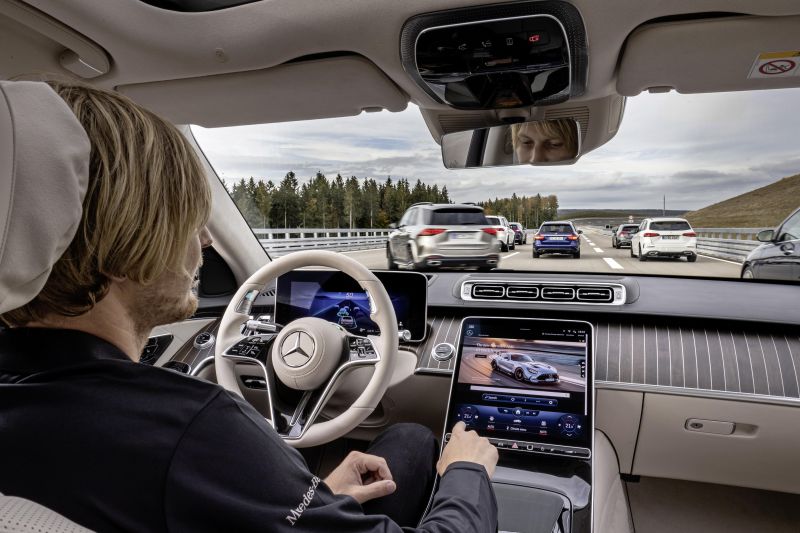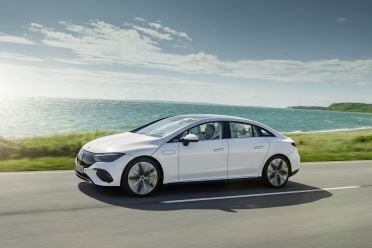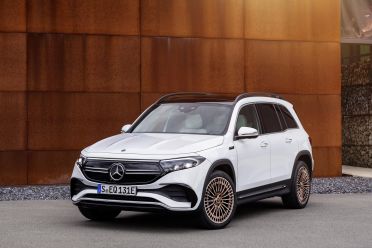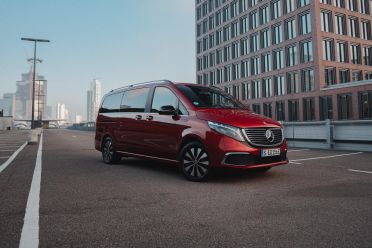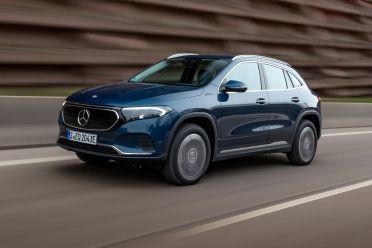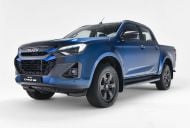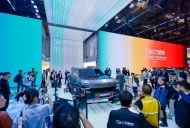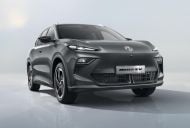Mercedes-Benz AG is eyeing a higher valuation as the company doubles down on technology and electrification.
As of February 1, 2022, Daimler AG officially renamed its passenger car and commercial van divisions to Mercedes-Benz AG.
This follows the the spin-off of Daimler’s truck and bus divisions into a separate company called Daimler Truck AG in December 2021.
Mercedes-Benz AG now encompasses the core Mercedes-Benz car and van brands, as well as Smart plus a range of sub-brands including Mercedes-AMG, Mercedes-Maybach, Mercedes-EQ and G.
In 2019, Daimler (as it was formally known as) sold off 50 per cent of Smart to Geely. As part of the deal, Geely will engineer and build the next generation of Smart vehicles in China for global consumption.
Ola Källenius will be the chairman of the board of management of Mercedes-Benz AG and chairman of the supervisory board for Daimler Truck AG.
As reported by Bloomberg, Mr Källenius has indicated that Mercedes-Benz aims to have battery electric vehicles (BEVs) in all segments in 2021 to rival Tesla.
Recently it has been forming new battery development partnerships with Factorial Energy and ProLogium Technology, as well as developing autonomous driving technology.
“We have a real chance to raise the multiple,” said Mr Källenius at a press conference as reported by Bloomberg, without naming a target valuation for the company that’s currently valued at around €77 billion (A$122.4 billion).
“If we can boost cashflow and our multiple, there’s lots of potential in the Mercedes-Benz stock.”
“Investors could start viewing Mercedes as a Lucid Motors or Tesla type and start to give it an electric vehicle (EV) multiple,” said RBC Capital Markets European auto analyst Tom Narayan to Bloomberg.
“But Lucid and Tesla get to start at 100 per cent EV. For Mercedes you have to convert your existing internal combustion engine (ICE) business to EVs. That may be a limitation on how far the multiple could go near-term.”
Other legacy automakers such as Volkswagen, Ford and General Motors (GM) all have a similar issue when it comes to boosting capital for an EV push.
Mercedes-Benz has already committed to going all-electric by 2030 “where market conditions allow”. It’s still unclear which markets the automaker is thinking of.
To make this transition possible, the automaker plans on spending €40 billion (A$63.56 billion) between 2022 and 2030 on EV technology, platforms and vehicle development.
From 2025, Mercedes-Benz AG will launch three all-electric architectures. The main will be MB.EA, which will underpin all medium to large vehicles.
This will be complemented by AMG.EA for performance cars, and VAN.EA for vans and light commercial vehicles.
Mercedes-Benz’s local electrified range consists of the EQA and EQC EVs, as well as the plug-in hybrid (PHEV) A250e, C300e, E300e, and GLC300e models.
Some electric Mercedes models set to launch locally in the near future include the AMG EQS 53, EQB SUV, EQE sedan, EQV people mover, eVito panel van and tourer, as well as the eSprinter van and the plug-in hybrid AMG GT 63 S E Performance.
There are also EQE and EQS SUV models in the pipeline with camouflaged prototypes spied numerous times. The lavish Mercedes-Maybach Concept EQS which was revealed in September 2021 previews the upcoming Mercedes-Benz EQS SUV.
Smart has debuted its new brand direction and design language with its Concept 1 SUV. The production version will be built on a purpose-designed all-electric platform that will eventually make its way into future Volvo EVs.
MORE: Daimler to rename itself Mercedes-Benz Group, spin off truck arm
MORE: Mercedes-Benz to be EV only by 2030 ‘where market conditions allow’





